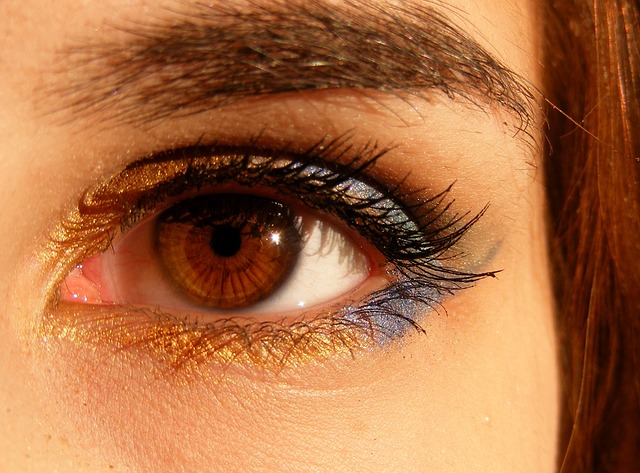
Retina, the tissue lining the back of our eyes, contains photosensitive cells that make our eyes respond to light and allow us to recognize objects around us. It is quite common for some individuals (especially old people) to experience a type of retinal degeneration, which often leads to a progressive decline in a person’s sight ability. One type of degeneration, or disorder is retinal pigmentosa, a hereditary condition characterized by deterioration of retinal cells. It is also a common cause of blindness and affects 1 in 4,000 people.
Still, even at the late stage of this retinal disorder, there are portions of a patient’s retina that remains intact. This useful fact was used as a basis of research by a team of researchers from the University of Oxford. The team utilized gene therapy to develop a potential treatment that could benefit blind patients suffering from retinal pigmentosa.
“We assess subretinal delivery of human melanopsin using an adeno-associated viral vector to remaining retinal cells in a model of end-stage retinal degeneration,” said the lead author Samantha de Silva as she described the science behind their study in simplest terms.
Melanopsin is a light-sensitive protein. In theory, if the residual retinal cells can gain the ability to make this protein, normal vision could be potentially restored. In order to achieve that effect, researchers used adeno-associated viruses to carry and inject genetic materials for melanopsin production into retinal cells. In the laboratory, this approach was shown to be effective on blind mice whose normal visions were restored and maintained for over a year.
According to the World Health Organization, there are around 285 million people worldwide that are visually impaired. Out of this population, 39 million are profoundly or totally blind while the remaining 246 million are either legally blind (visual acuity of 20/200) or have low vision (moderate to severe impairment). In the US alone, there are 10 million people who have a visual impairment.
Except for the total loss of sight and other severe cases, it’s comforting to know that almost 80% of visual impairments can be treated. By targeting the impairment’s exact cause, patients can opt for the tested regimens (like cataract surgery) though breakthrough technologies (like bionic lenses and retinal electronic implants) have been emerging lately. Assisting devices like “smart glasses” are not necessarily considered as treatments, but these also aid the visually impaired in a big way.
De Silva’s group also dabbled on making their version of an “electronic retina”. Gene therapy, however, appears to be simpler and easier to apply. Buoyed by promising results, the team aims to conduct human clinical trials soon.
‘There are many blind patients in our clinics and the ability to give them some sight back with a relatively simple genetic procedure is very exciting. Our next step will be to start a clinical trial to assess this in patients”, de Silva added.
The full text of the study can be read on the Proceedings of the National Academy of Sciences.
- Bulenox: Get 45% to 91% OFF ... Use Discount Code: UNO
- Risk Our Money Not Yours | Get 50% to 90% OFF ... Use Discount Code: MMBVBKSM
Disclaimer: This page contains affiliate links. If you choose to make a purchase after clicking a link, we may receive a commission at no additional cost to you. Thank you for your support!

Leave a Reply